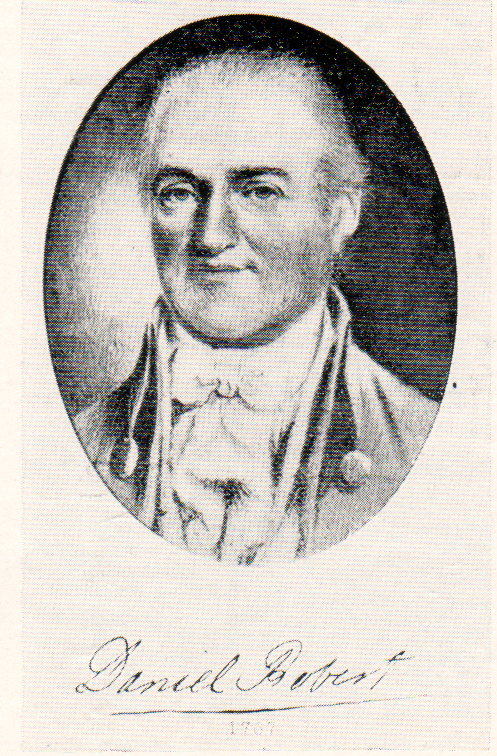Chester G. Osborne - 1957

| Home Return to Long Island Genealogy |
Email |

Dear SirThe colorful Doctor Robert was born in New York City on January 27, 1746. His father was Christopher Robert of New York and Flushing, a silversmith and sometime magistrate; his mother was Mary, daughter of John Dyer, a soap and candle maker; John Dyer is said to have had a genial disposition; research shows that he found more than one way to make a bit of gold or sterling: in 1733 he advertised in the Gazette in an effort to sell a "very good bell, of a very good size and sound, fit for any country church or court house," and a "very good copper (tank?) that holds 120 gallons . . . "We have no news but what you have already received. Our Envoys still remain at Paris as some say with a prospect of accomplishing the object of their mission: others go farther & say that we are on the Eve of a general peace. be that as it may, the French are certainly making immense prepavalions for the Invasion of England; which is in its turn making every effort to prepare for defense --How it will terminate is difficult to say---our little Family is well. my wife joins me in affectionate regards, she hopes soon to have the pleasure of seeing you & embracing her Daughter.
I am respectfully yours Danl Robert
New York 24 Apr. 1798There is a dozen wine glasses which my wife bought for her mother (cheap 4/6) in a basket sent to Tucker.

First appearing in the LI Forum 1957 No Copyright Information Data Found